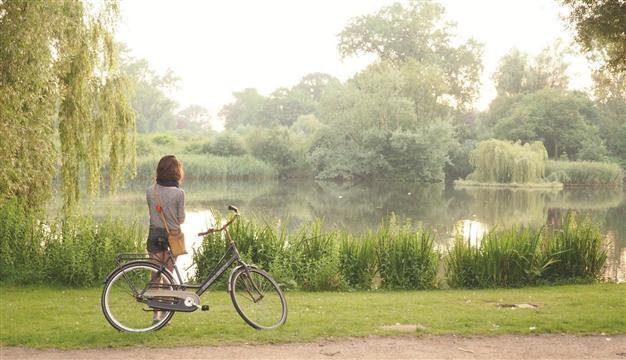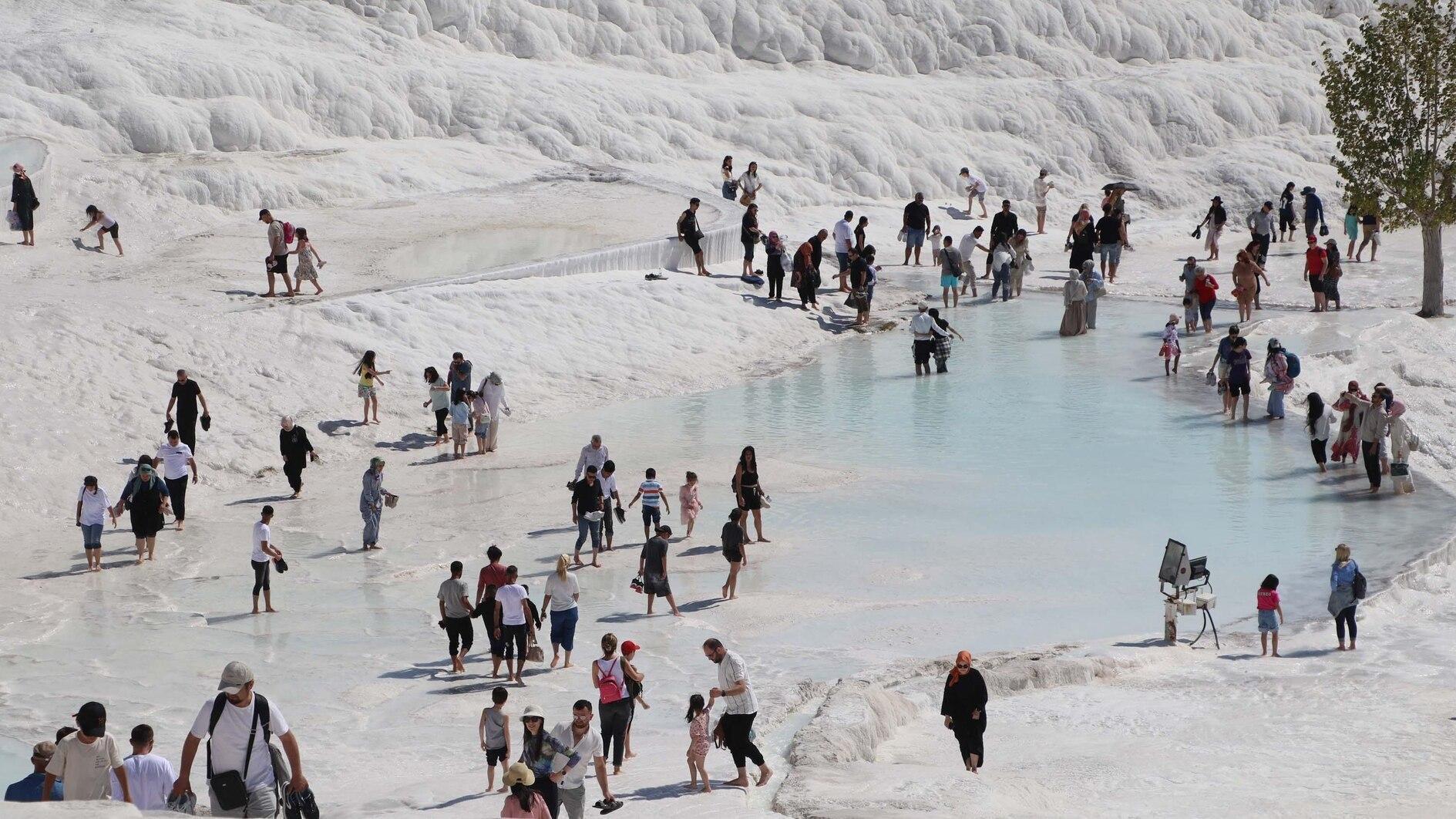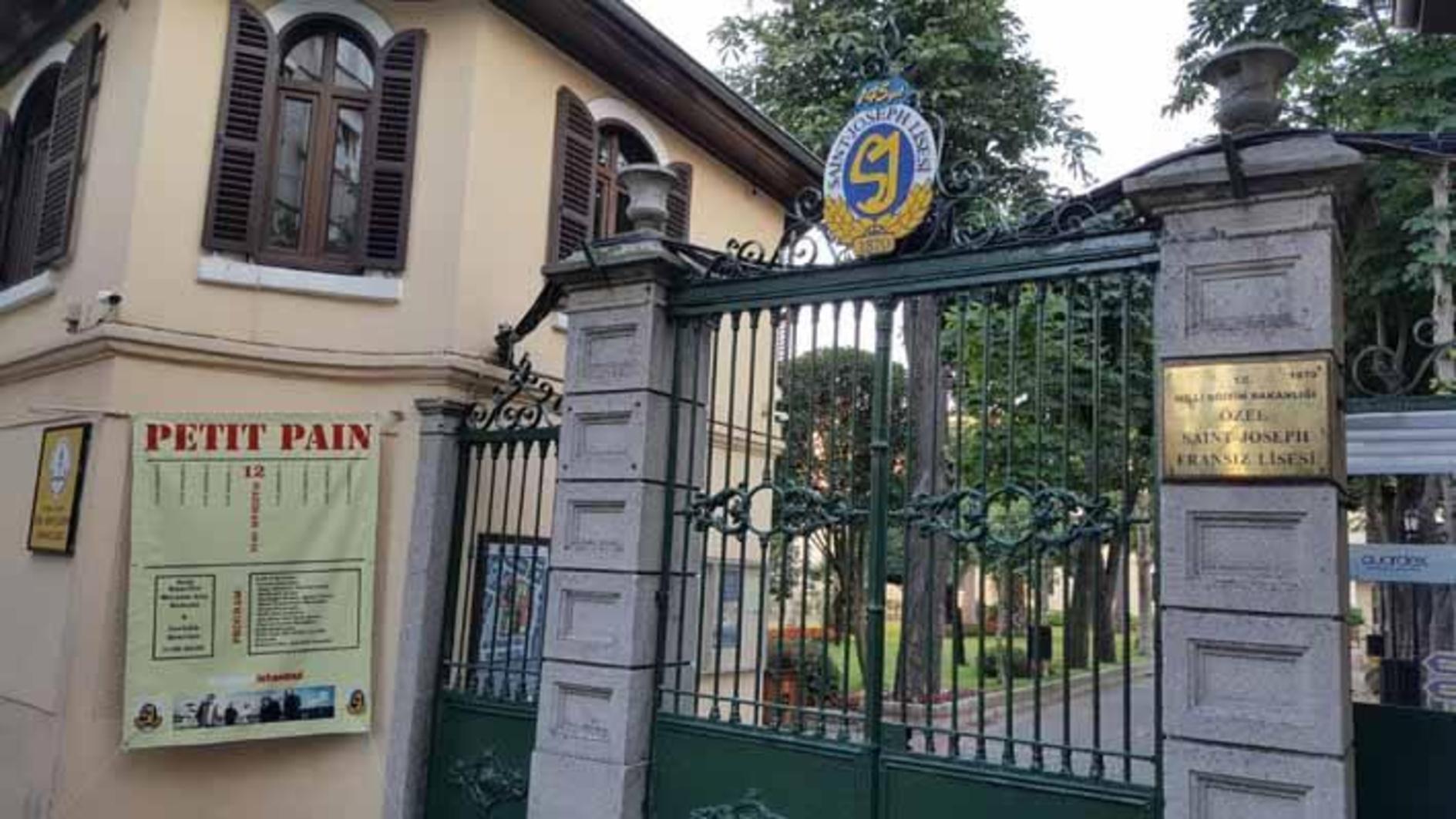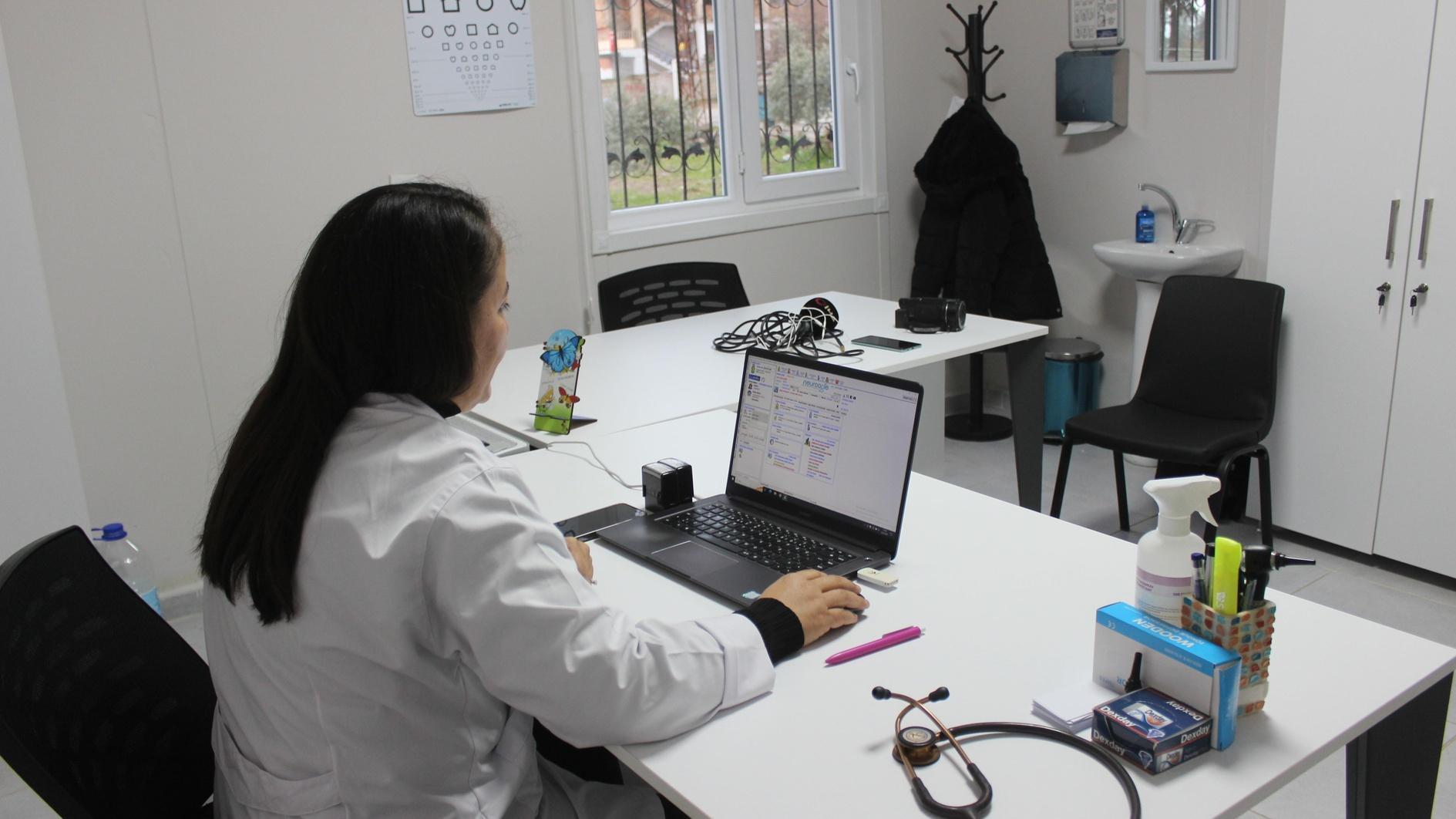How a little dwarf can be an example for a giant
Wilco Van Herpen

‘The amount of green in Amsterdam is really overwhelming. Every district has at least one big and nice park.’
Last week I went with Niko Guido to Amsterdam for a photo safari. He, together with 10 amateur photographers, went to Amsterdam to take pictures and exhibit those photographs next to pictures from Istanbul. The idea was to compare the character of those two cities. This trip was part of a project for which he will visit cities around the globe. Amsterdam, well known for its freedom, is a city that attracts a lot of people and has a special identity according to the people visiting Amsterdam. So can this little dwarf (Amsterdam) be an example for a giant (Istanbul)?To be honest, yes, I think so. It was the first time in 15 years that I visited Amsterdam “on my own.” I do not count my crew that was with me for the filming. I also do not count the trip I made to Amsterdam together with President Abdullah Gül when he visited the Netherlands to celebrate 400 years of diplomatic and trade relations. I was invited by Mr. Gül to be part of the Turkish delegation and had a wonderful time then, but no time to walk around in Amsterdam due to the busy schedule of the president. But both times I felt, and was, a tourist in my own country. That is such a strange feeling; travelling around in the country I was born in, but looking around with the eyes of a foreigner. Many times friends who want to visit Amsterdam ask me where they should go during their stay and every time my answer is the same: I do not know. It was too long ago that I was there and so many things have changed.
 Amount of green
Amount of green One of the most striking things for me was the amount of green in the city. I do not know if it is because of the Gezi Park protests from last year, or the fact that I really became too much of an Istanbul citizen, but the amount of green in Amsterdam is really overwhelming. First of all every (!) district has at least one big and nice park. The social function of those parks is very important. People meet each other there to have a chat, people work out there, they organize concerts in the parks or festivals, but almost every day of the week there is something to do in the parks of Amsterdam. Then, walking around in the city center of Amsterdam, you have the street gardens made by the people themselves. Even the smallest street is decorated with flowers, bushes and trees. Then, we have some squares in Amsterdam, but instead of being a big open concrete space in the city, they dress it up with statues, trees, fountains and nice places to sit. Whenever I walk in Taksim Square, I feel uncomfortable and want to escape from that place as soon as possible. In the Netherlands, tourists and locals “occupy” those squares and have fun there. Enjoying the weather, enjoying a street musician or performer; there is always something to do. They use one of the biggest squares (the Museum Plain) for special celebrations like, as many Dutch are hoping for nowadays after the incredible victory on Spain, when the Dutch team will become champion of the 2014 FIFA World Cup…
I am not saying there is no green in Istanbul. When I look at Istanbul 15 years ago and now, one of the most remarkable things to see is that next to the highways there are thousands of trees. During spring, you can find millions of tulips in town but… those places are not places with a recreation purpose. Years ago, Cihangir Park used to be a nice park until they decided to build a better car park below the park. Nowadays, Cihangir Park is a park without character and nice greenery.
Amsterdam used to be a city concerned about its growth; many projects were on the drawing table promising to make Amsterdam a better city to live in with a place for everyone. Unfortunately, not all the plans worked out perfectly. It was during the roaring 70’s and 80’s that Amsterdam had a wave of protestors, and especially squatters, who were against the political system during that time. They were the nightmare of many politicians. We had big and harsh demonstrations where confrontations between police and protestors happened frequently. But at the same time, there was a climate of trying to find a solution. At the end of the day, all of them would sit around the table trying to find a solution that would make everybody happy. In Amsterdam you can still find some of those old squatter buildings and they have been transformed into pieces of art. Niko and his photography group were amazed when I showed them a street where almost every brick had been used as an underground for some beautiful graffiti.
Democratic system
For me it was nice to walk around in a city that used to be my hometown. Maybe sometimes the Dutch exaggerate the democratic system and its rights, but they give great importance to what the people think. While preparing a new metro that runs through one of the busiest streets of Amsterdam, there were a lot of people who were against the project. But it was the government together with the engineers and protestors who sat down and had many discussions about it.
For me, walking around in “my” city, those four days was nice to refresh my mind about how a city can be: a nice combination of a places to work, live or discover. The beautiful houses along the canals, art at unexpected places and people being happily together with their friends in one of the many parks of Amsterdam. Yes, this little dwarf is a nice place and can be a perfect example of how to deal with things for many places in the world.
















